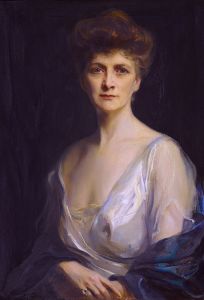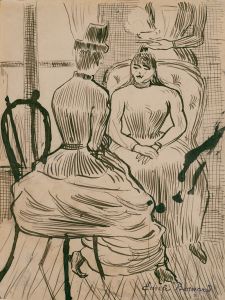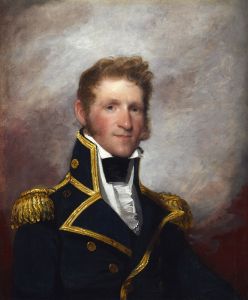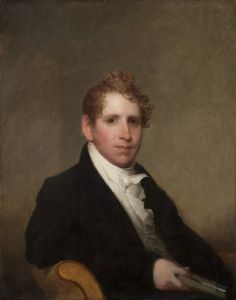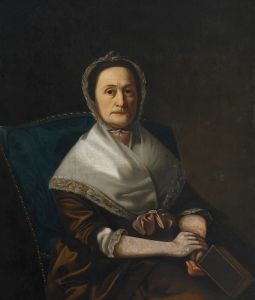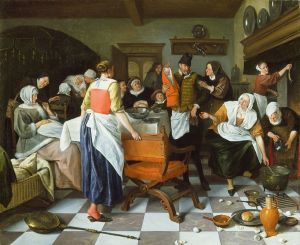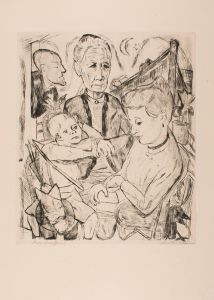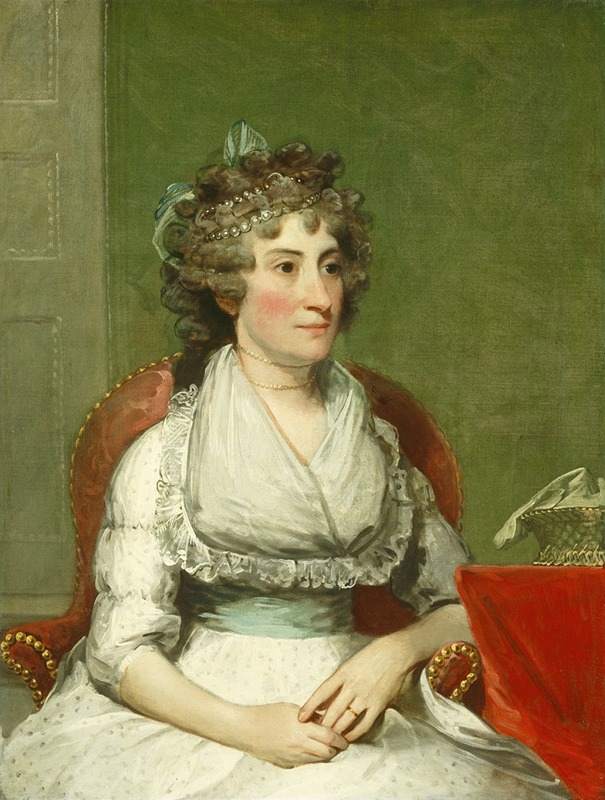
Catherine Yates Pollock
A hand-painted replica of Gilbert Stuart’s masterpiece Catherine Yates Pollock, meticulously crafted by professional artists to capture the true essence of the original. Each piece is created with museum-quality canvas and rare mineral pigments, carefully painted by experienced artists with delicate brushstrokes and rich, layered colors to perfectly recreate the texture of the original artwork. Unlike machine-printed reproductions, this hand-painted version brings the painting to life, infused with the artist’s emotions and skill in every stroke. Whether for personal collection or home decoration, it instantly elevates the artistic atmosphere of any space.
Catherine Yates Pollock by Gilbert Stuart is a portrait painting created by the renowned American artist Gilbert Stuart. Stuart, celebrated for his skill in portraiture, is best known for his iconic depictions of prominent figures in early American history, including his unfinished portrait of George Washington, commonly referred to as the "Athenaeum Portrait." The painting of Catherine Yates Pollock is one of many examples of Stuart's ability to capture the character and social standing of his sitters with remarkable detail and sensitivity.
Catherine Yates Pollock was a member of the prominent Yates family, a well-known and influential family in early America. She was married to George Pollock, a successful merchant and businessman. The portrait likely reflects her status within society, as commissioning a portrait by Gilbert Stuart was a mark of prestige during this period. Stuart's clientele often included wealthy and influential individuals who sought to have their likenesses immortalized by one of the most esteemed portraitists of the time.
The painting is executed in oil on canvas, a medium Stuart frequently employed. It showcases Stuart's characteristic style, which combines a naturalistic approach to the human form with a keen attention to the textures of clothing and other materials. In this portrait, Catherine Yates Pollock is depicted with a composed and dignified expression, her attire and posture reflecting her social position. Stuart's use of light and shadow enhances the three-dimensionality of the figure, while the subtle color palette contributes to the overall elegance of the composition.
As with many of Stuart's works, the exact date of the painting is not definitively documented, but it is believed to have been created during the late 18th or early 19th century, a period when Stuart was at the height of his career. The portrait is an example of Stuart's ability to blend technical mastery with an insightful portrayal of his subjects, making his works highly sought after both during his lifetime and in the years since.
The current location of the painting is not specified in widely available sources, but many of Stuart's works are held in major art institutions and private collections. His portraits remain an important part of American art history, offering a glimpse into the lives and personalities of the individuals who shaped the early United States.
This painting, like much of Stuart's oeuvre, is valued not only for its artistic merit but also for its historical significance, as it provides a visual record of the people and culture of the era in which it was created.





